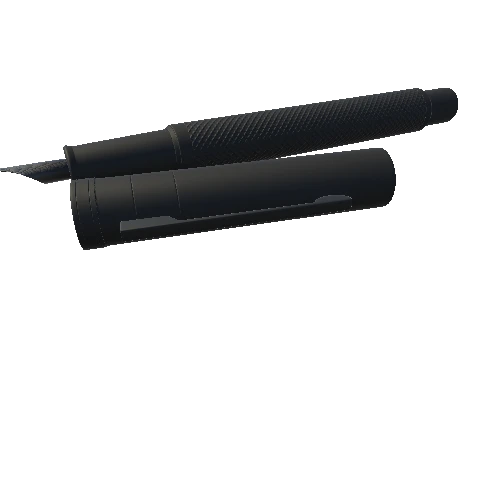Select or drop a image or 3D model here to search.
We support JPG, JPEG, PNG, GIF, WEBP, GLB, OBJ, STL, FBX. More formats will be added in the future.
Asset Overview
Influenza viruses spread by taking over cells and forcing them to produce infectious virus particles. While some viruses assemble according to a fixed plan, influenza virus particles are highly variable in their dimensions - they may be spherical, slightly longer and narrower (bacilliform), or form extended filaments. A spherical particle is about 0.12 microns wide (1 micron = 1/1000th millimetre), yet filaments can be tens of microns long – the one shown here is relatively short. Lab-grown influenza viruses usually lose the ability to make filaments, so we still do not know what these strikingly extended particles do during infections.
Model produced by Naina Nair for the MSc in Medical Visualisation & Human Anatomy, University of Glasgow and Glasgow School of Art, interpreting data collected at the MRC-University of Glasgow Centre for Virus Research (https://doi.org/10.1371/journal.ppat.1003413). For more information, visit http://bit.ly/CVREdH




























